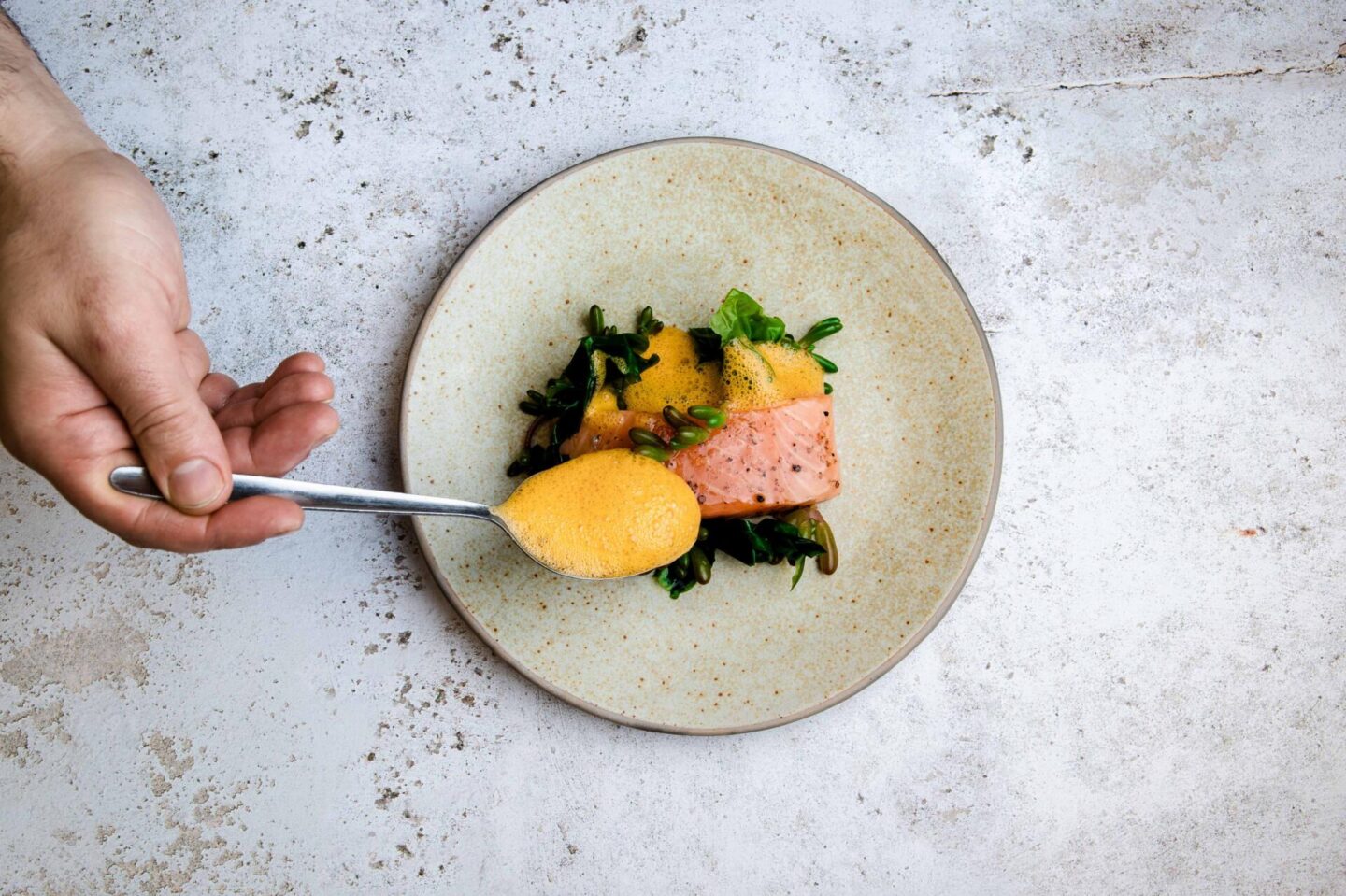
We live in an increasingly digital world. While this has had obvious impacts on our personal lives through modern-day social media platforms, digitalisation also has less obvious implications for a number of industries and sectors.
The field of culinary arts is often seen as a guarded industry that regards technique and traditional values above all else. In fact, it is an industry that is committed to constantly modernising and using technology to further develop and improve. Digitalisation has seen a number of changes take place within the culinary art world. Let’s take a look at some in more detail.
Better Education
To become a talented chef, education and training are absolutely essential. Traditionally, would-be chefs would attend a culinary, often far from home and in a different place, to learn their craft and hone their skills. While this is still true to a degree, digitalisation has meant that education can be delivered to the students, rather than the other way around.
Online learning and seminars mean that students from across the world are able to access resources from some of the culinary world’s most esteemed institutions, without the need to travel or relocate. Digitalisation has democratised education, offering the chance for the less fortunate to learn about cooking and the culinary arts.
Instagram-worthy Food
Social media has significantly altered the culinary art world. While it acts as a foundation upon which almost all modern businesses are built, restaurants being no exception, it has also changed how businesses are marketed, with many taking a customer-led approach.
This is particularly evident in the culinary world. Bloggers and influencers will take pictures of food to share with followers, with more aesthetically pleasing food generating more interactions. This has led chefs to focus on the visual presentation of their food more than ever, to secure more engagement on online platforms.
Phones are used for absolutely everything these days; shopping for fashion, playing games, watching videos, making calls via WhatsApp and placing a bet at a UK casino and ordering food via UberEats and Deliveroo as examples. To say our lives have become inextricably linked with our devices is an understatement; the relationship with phones looks set to continue long into the future.
Many industries have undergone remarkable changes as a result of this digital revolution, with the culinary world seeing its practices and norms shift considerably.
Digital Menus
In restaurants of old, customers would sit down and study a paper menu before informing the waiter of their choice and awaiting their meal. This seems to be an increasingly archaic and outdated system, with many restaurants opting for digital tablet-based menus over their traditional paper counterparts.
This system has a number of advantages. It can allow restaurants to track orders in more detail and can automatically update stock inventory lists, with real-time outages displayed instantly on the menu. It can also offer benefits for the customer, in the form of special offers, promotions, or loyalty and reward programmes for regular patrons. Customers can also pay for their meals through these digital menus, allowing them to leave quickly without having to wait for staff to bring their bills.
However, many have warned that this widespread adoption of digital menu and ordering systems will have a negative impact on job opportunities, as it means restaurants can run their business with less waiting staff on the floor at one time. While the integration of digital technology is often a must for businesses looking to grow, they must be careful and ensure this doesn’t impact their staff.
Conclusion
Digitalisation has already revolutionised a number of global industries and sectors, with this looking set to continue well into the future. As technology improves and develops we can expect to see all kinds of innovations in products and services, including training and education, marketing and advertising, and customer services and interactions.

